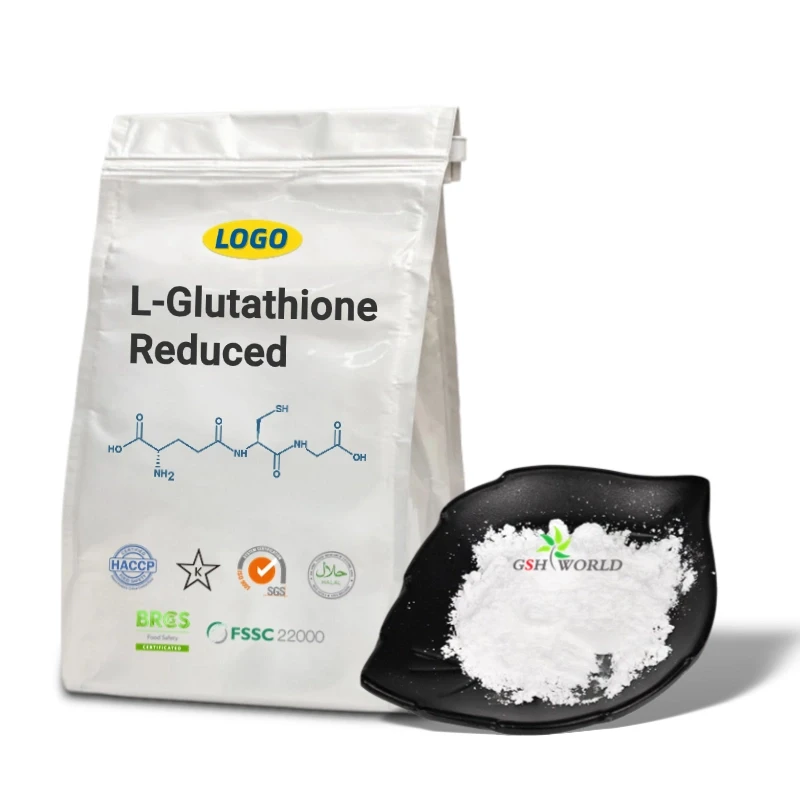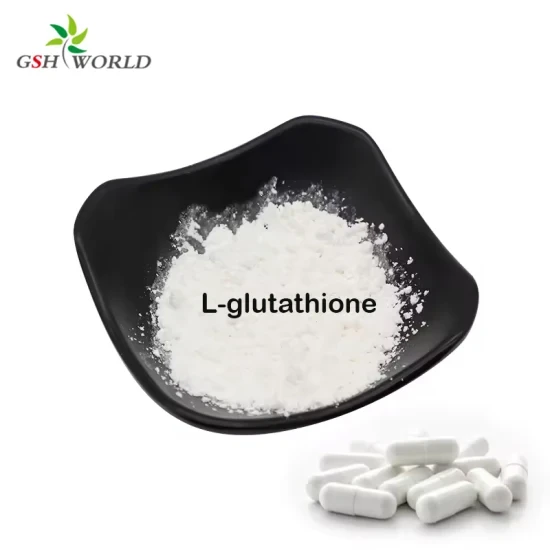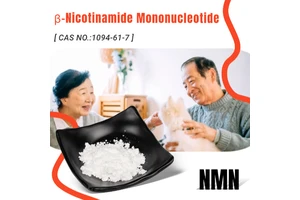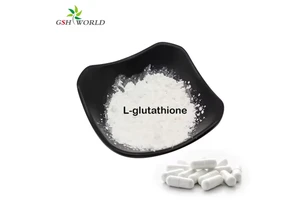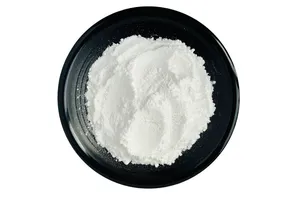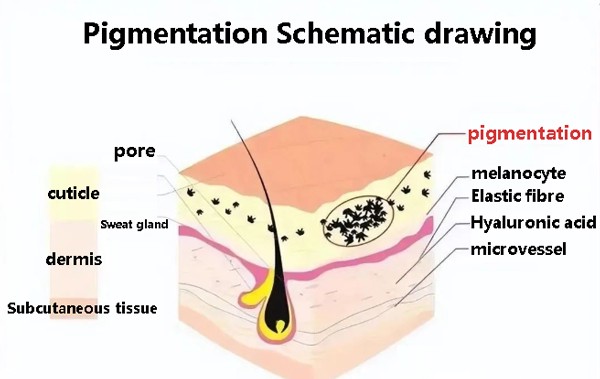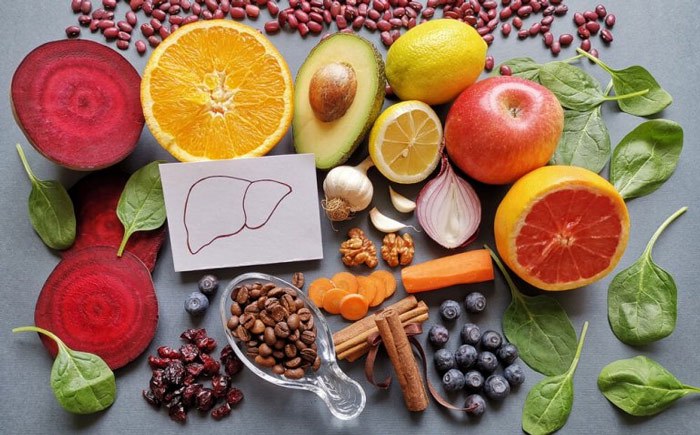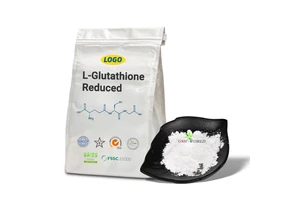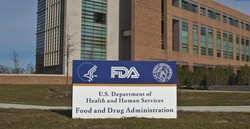Reduced Glutathione of Effect and function
Reduced glutathione: multifaceted guardian of human health
In this complex and delicate system of the human body, there is a substance that silently guards our health, and it is reduced glutathione.
From the cellular level to the overall physiological function, reduced glutathione plays a crucial role, and we will learn more about its efficacy and role.
Know reduced glutathione
Reduced glutathione (GSH) is a tripeptide compound composed of glutamic acid, cysteine and glycine.
It exists widely in various tissues and cells of human body, and is an important antioxidant and detoxifying agent in cells.
Its molecular structure contains a reactive sulfhydryl group (-SH), which gives reduced glutathione powerful chemical activity, enabling it to play a key role in a variety of physiological processes.
Under normal physiological conditions, the reduced glutathione in the cell maintains a certain concentration level and is always ready to respond to various internal and external factors to the challenge of the cell.
Core efficacy and mechanism of reduced glutathione
(1) Powerful antioxidant function
Free radicals removal: In the process of human metabolism, free radicals will continue to be produced, such as superoxide anion free radicals (O2 ⁻), hydroxyl free radicals (· OH) and so on.
These free radicals are highly active and can attack various biological macromolecules within cells, such as lipids, proteins and nucleic acids, resulting in cellular oxidative damage, which in turn leads to a range of diseases.
The sulfhydryl group of reduced glutathione can react with the free radical, reducing it to a relatively stable substance, so as to remove the damage of free radicals to cells.
For example, superoxide anion radicals can be converted by reduced glutathione into hydrogen peroxide (H₂O₂), which is then further broken down into water and oxygen with the action of catalase, avoiding the continuous attack of superoxide anion radicals on cells.
Maintaining REDOX balance: There is a complex REDOX system within the cell, in which reduced glutathione plays a central regulatory role.
It and oxidized glutathione (GSSG) can be converted to each other, forming a REDOX cycle.
When cells are subjected to oxidative stress, reduced glutathione is oxidized to oxidized glutathione, while reducing free radicals and protecting cells from damage.
Under the action of the antioxidant enzyme system in the cell, oxidized glutathione can be reduced to reduced glutathione and continue to play the antioxidant function.
Through this regulation of homeostasis, reduced glutathione ensures that the REDOX state within the cell is maintained within the normal range to ensure the normal function of the cell.
(2) detoxification
Binding harmful substances: Reduced glutathione can bind to many endogenous and exogenous harmful substances, thereby reducing the toxicity of these substances.
For example, in the liver, reduced glutathione can combine with metabolites of certain drugs, environmental pollutants (such as heavy metal ions), and toxic substances produced in the body (such as peroxides), etc., to form water-soluble conjugates that are excreted through bile or urine.
In the case of acetaminophen, excessive doses of acetaminophen produce toxic metabolites in the liver that are able to bind to proteins in liver cells, causing liver cell damage.
Reduced glutathione can bind to the toxic metabolites of acetaminophen and inactivate them, thus reducing the damage to liver cells.
Participation in detoxification enzyme system: Reduced glutathione is also a coenzyme of many detoxification enzymes and is involved in a variety of detoxification reactions in the body.
For example, the glutathione-S-transferase (GST) family is a class of detoxifying enzymes that rely on reduced glutathione.
These enzymes can catalyze the binding reaction between reduced glutathione and various electrophilic compounds (such as carcinogens, drugs, etc.), enhance the water solubility of these substances, and promote their excretion.
By participating in the detoxification enzyme system, reduced glutathione further enhances the body's ability to detoxify harmful substances and protect the body from toxins.
(3) Protect liver function
Repair liver damage: The liver is the most important metabolic and detoxification organ of the human body, which is vulnerable to various factors, such as viral infection, drug poisoning, alcohol stimulation and so on.
Reduced glutathione is abundant in liver and has important protective effect on liver.
When the liver is damaged, reduced glutathione can reduce the oxidative stress damage of liver cells through antioxidant and detoxification, remove harmful substances, and promote the repair and regeneration of liver cells.
Studies have shown that in patients with viral hepatitis, supplementation with reduced glutathione can reduce serum aminotransferase levels, improve liver function indicators, reduce liver inflammatory response, and promote the recovery of liver cells.
Regulation of liver metabolism: Reduced glutathione is also involved in a variety of metabolic processes in the liver, such as protein, fat, and carbohydrate metabolism.
It can provide sulfhydryl groups, participate in the activity regulation of some enzymes, and maintain the normal metabolic function of the liver.
For example, in fat metabolism, reduced glutathione can affect the oxidation of fatty acids and the synthesis of triglycerides, helping to prevent the occurrence of fatty liver.
By regulating liver metabolism, reduced glutathione maintains the normal physiological function of the liver and ensures the overall health of the human body.
(4) Other functions
Immune regulation: Reduced glutathione also plays an important role in the immune system.
It can affect the function of immune cells, such as the proliferation, differentiation and activity of lymphocytes.
Appropriate supplementation of reduced glutathione can enhance the body's immune function and improve the body's resistance to pathogens.
Studies have found that in some immunocompromised people, after supplementation with reduced glutathione, the activity of immune cells is improved, and the incidence of infectious diseases is reduced.
Protect lens of the eye: The lens of the eye is rich in reduced glutathione, which is essential for maintaining the transparency and normal function of the lens.
With age or under the influence of certain factors, the reduced glutathione content in the lens may decrease, resulting in oxidative damage to the lens and triggering eye diseases such as cataracts.
Reduced glutathione can eliminate free radicals in the lens through antioxidant action, protect the activity of lens proteins and enzymes, and prevent the occurrence and development of cataracts.
Clinical application and precautions of reduced glutathione
(1) Clinical application
Liver disease treatment: Reduced glutathione is widely used in the treatment of various liver diseases, such as viral hepatitis (including hepatitis B, hepatitis C), drug-induced liver injury, alcoholic liver disease, fatty liver disease, etc.
It can improve liver function, reduce liver inflammation, promote liver cell repair, and is one of the important drugs for the comprehensive treatment of liver diseases.
Detoxification treatment: In cases of food poisoning, drug poisoning and heavy metal poisoning, reduced glutathione can be used as an antidote.
It can combine with toxic substances in the body, accelerate their excretion from the body, reduce the symptoms of poisoning, and protect vital organs from damage.
Adjuvant treatment of other diseases: Reduced glutathione can also be used in the adjuvant treatment of some other diseases, such as adverse reactions caused by chemotherapy, eye diseases (such as cataracts), chronic obstructive pulmonary disease.
In the course of chemotherapy, reduced glutathione can reduce the damage of chemotherapy drugs on normal cells and improve the tolerance of patients.
In eye diseases, it helps protect the lens and slows disease progression;
In chronic obstructive pulmonary disease, reduced glutathione can reduce lung inflammation and improve lung function through antioxidant effects.
(2) Precautions
Adverse reactions: In general, reduced glutathione is well tolerated, but some adverse reactions may occur in a few cases.
Common adverse reactions include nausea, vomiting, rash, etc. The symptoms are usually mild and can resolve on their own after stopping the drug.
If you have a severe allergic reaction, such as difficulty breathing or a drop in blood pressure, stop taking the medication immediately and seek medical attention.
Drug interactions: Reduced glutathione may interact with some drugs.
For example, when used in combination with vitamins B ₂, calcium pantothenate, whey acid, antihistamines, tetracycline and other drugs, it may affect the efficacy of these drugs or increase the risk of adverse reactions.
Before using reduced glutathione, the doctor should be informed of other drugs being used so that the doctor can assess the possibility of drug interactions.
Usage and dosage: Reduced glutathione is available in various dosage forms such as injection and oral preparation.
Injections generally need to be operated and used by medical professionals in hospitals, and oral preparations can be taken by themselves under the guidance of doctors.
The specific use method and dosage should be determined by the doctor according to the patient's condition, age, weight and other factors, the patient should strictly follow the doctor's advice, do not increase or decrease the dose or stop the drug.
Storage conditions: Reduced glutathione should be stored in a cool, dry place, away from direct sunlight and high temperatures.
The storage requirements of different dosage forms may vary slightly, and the drug should be carefully read the drug instructions and stored in accordance with the prescribed storage conditions to ensure the stability and effectiveness of the drug.


